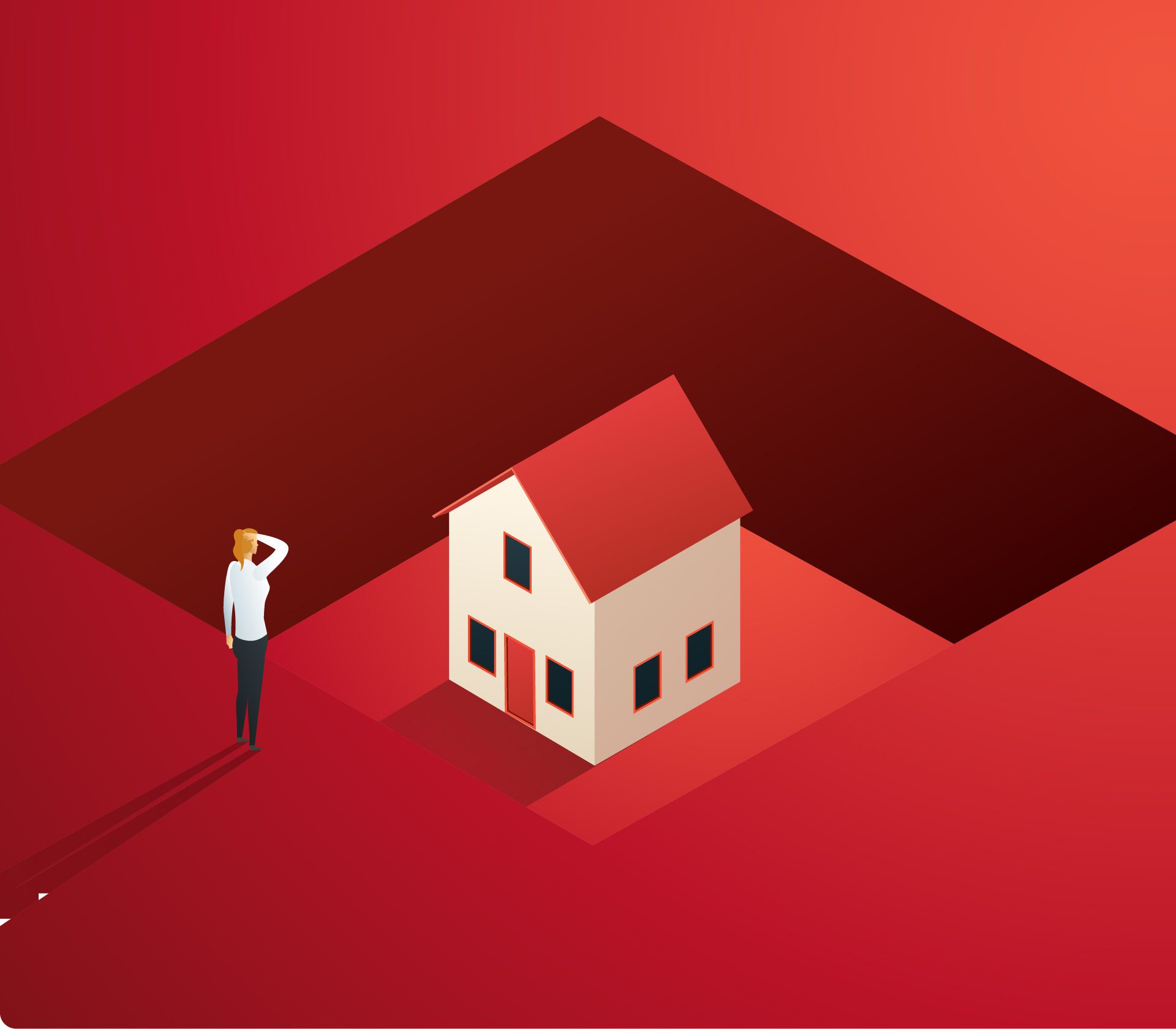Not necessarily a nightmare
What is negative equity?
A negative equity position is where the value of a property that provides security for lending falls below the sum that has been borrowed. The issue is that if the bank ever required the lending to be repaid, the proceeds of the property sale may not be sufficient to repay the full loan amount. With the current property market falling, this may put some property owners, particularly those who have recently purchased, in a vulnerable position.
Is it scary?
On the face of it, being in a negative equity position appears frightening. Lenders, brokers and other financial service providers, however, all indicate that it doesn’t need to be scary, but it is fair to say it does make property owners uncomfortable.
The key for borrowers is to ensure they keep up regular loan repayments. Banks make money by collecting the interest paid on loans, so it makes little sense for lenders to race in and force homeowners to sell. Only where a borrower begins to stop their repayments (a ‘default’) does this risk materialise.
Impact of rising interest rates
The second aspect for borrowers who have seen their property slide into a negative equity position is that interest rates continue to rise. Meeting current repayments may be quite achievable, however, when it comes time to re-fix the interest rate and the repayment amounts increase, then the strain on finances becomes greater. If servicing your mortgage already stretches your household finances, keeping up with repayments at a higher rate can become unachievable.
What to do when times are tough?
Before leaping to conclusions and thinking the bank will turf you out of your house and force a mortgagee sale, talk with your bank first. The bank does not want to see you homeless, and it will usually work hard to help you.
Mortgagee sale is a last resort
Whether or not your property is in a negative equity position, the mortgagee (usually a bank but also sometimes a private entity or person) always has the legal right to exercise their mortgagee’s power of sale where a borrower is in default on their loan.
The bank’s right to sell your home when you are in default (and the process to do so) is set out in the Property Law Act 2007. The legislation states that the bank owes a reasonable duty of care to obtain the best price obtainable at the time of sale. This means that the bank cannot simply sell for a price that covers the principal debt and its own costs; it must get the best price possible. After a mortgagee sale is settled, the balance of the bank’s debt any penalty interest and the bank’s costs are paid and any remaining balance goes to the borrower.
In a negative equity position, where the best price for the property is insufficient to repay the loan amount, the mortgagee will usually transfer the unpaid balance of principal debt, interest and costs to a personal loan; it will be up to the borrower to negotiate the interest rate applied for that loan.
While banks always have the power to sell as a last resort, in practice, borrowers can find themselves months in default without their bank exercising this power. It is always in the bank’s interest for borrowers to repay rather than force a sale. Usually, the borrower will receive several notices setting out the default and the penalty interest payable.
If the mortgagee believes that there is any chance of repayment, they are likely to agree to facilitate a repayment arrangement.
We can help
Going through this process can be intimidating; talking with us will help determine your rights, obligations, or what options you may have and can help limit any further debt or penalty being incurred.
Working together with us may also help you realise that the issue isn’t as serious as the notice seems. We can help you negotiate an amicable way forward with your lender and, most importantly, do our best to ensure you get to keep your home.



